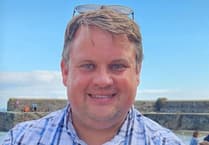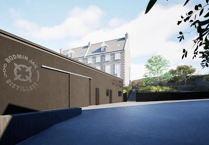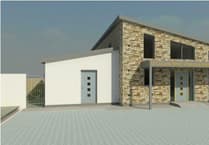Rubbish removal company, Clear It Waste, has revealed the top five most unclean beaches in the south west.
The research examined over 400 beaches across the UK, looking at various factors including suspension due to sewage, the average Intestinal Enterococci count (E. faecalis) and the Escherichia coli count (E. coli). The study then determined an overall water cleanliness score out of ten.
Among some of the most affected areas in the country is Par Sands, and Porthluney Bay in Saint Austell.
Intestinal Enterococci (E. faecalis) is a bacteria typically found in the gut and bowels, while Escherichia Coli (E. coli) is bacteria typically found in the intestines of humans and animals.
In this case, the E.faecalis counts indicate the contamination of faecal matter into water, and the E. coli counts are a strong indicator of sewage or animal waste contamination.
Despite having the lowest reported count of E. faecalis, and E. coli of beaches to make the list in the South West, Par Sands still only achieved a cleanliness score of 7.97 out of 10, boasting 80 cfu/100 ml of E. faecalis and 38cfu/100 ml of E. coli.
These statistics indicate the number of colony-forming units per 100 millilitres of sea water.
While Par Sands takes the fourth spot on the list, Porthluney near Saint Austell sweeps second place, scoring 7.57 out of 10.
With an average count of 75 cfu/100 ml E. coli in the water, Porthluney’s water was assessed and classified by the Environment Agency back in 2022, and was rated sufficient - which doesn’t seem terrible, but is the lowest classification in the South West.
But claiming the top spot as the most unclean beach in the South West is Combe Martin, near Ilfracombe, scoring a lowly 7.2 out of 10 on the cleanliness scale, and boasting an average count of E. faecalis of 287 cfu/100 ml. Not to mention a high count of E. coli too, 160 cfu/100 ml, 75% more than the E. coli found in the water at Par Sands; making it the dirtiest beach in the South West,





Comments
This article has no comments yet. Be the first to leave a comment.